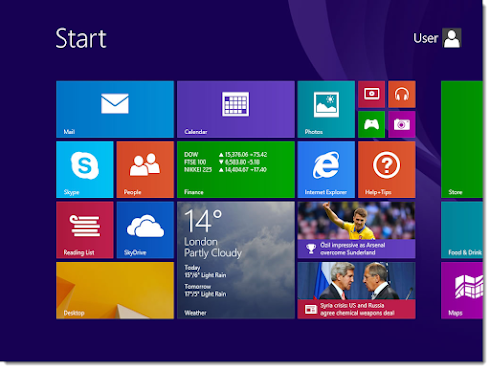Windows is a popular operating system developed by Microsoft Corporation. It was first released in 1985 and has undergone many changes and updates since then. Here's an overview of Windows:
Windows is an operating system that manages computer hardware and software resources and provides common services for computer programs.
The first version of Windows was released in 1985 and was designed to be a graphical user interface (GUI) for MS-DOS.
The latest version of Windows is Windows 11, which was released in 2021.
Windows is used by millions of people worldwide and is available in many different languages.
Windows is a closed-source operating system, which means that its source code is not publicly available.
Windows supports many different types of hardware, including desktops, laptops, tablets, and servers.
Windows includes a user interface that is designed to be easy to use and intuitive.
The user interface includes a desktop, taskbar, and Start menu.
Windows allows users to run multiple applications simultaneously.
Windows includes a variety of built-in applications, such as a web browser, media player, and email client.
Windows supports a wide range of software, including productivity applications, games, and utilities.
Windows includes a system of user accounts, which allows multiple users to share a single computer.
Windows includes a file system that organizes files and directories.
Windows includes a command-line interface, which allows users to interact with the system using text commands.
Windows includes a system of drivers, which allows hardware to communicate with the operating system.
Windows supports a variety of networking protocols, including TCP/IP.
Windows includes a variety of security features, such as firewalls, antivirus software, and user account controls.
Windows is customizable, allowing users to change settings and personalize the user interface.
Windows includes a system of updates, which ensures that the operating system and software remain up-to-date.
Windows includes a system of backups, which allows users to create backups of important data.
Windows includes a system of restore points, which allows users to restore the system to a previous state if necessary.
Windows includes a system of error reporting, which allows users to report bugs and errors to Microsoft.
Windows includes a system of task scheduling, which allows users to automate tasks.
Windows includes a system of virtualization, which allows users to run multiple operating systems on a single computer.
Windows includes a system of remote desktop, which allows users to access their computer from another location.
Windows includes a system of encryption, which allows users to encrypt their data for added security.
Windows includes a system of accessibility features, which allows users with disabilities to use the operating system.
Windows includes a system of speech recognition, which allows users to control the system using voice commands.
Windows includes a system of handwriting recognition, which allows users to input text using a pen or stylus.
Windows includes a system of gesture recognition, which allows users to control the system using hand gestures.
Windows includes a system of device drivers, which allows hardware to communicate with the operating system.
Windows includes a system of power management, which allows users to manage power settings and conserve battery life.
Windows includes a system of backup and recovery, which allows users to create backups and restore the system to a previous state.
Windows includes a system of printing and scanning, which allows users to print documents and scan images.
Windows includes a system of file sharing, which allows users to share files and folders with other users on the same network.




